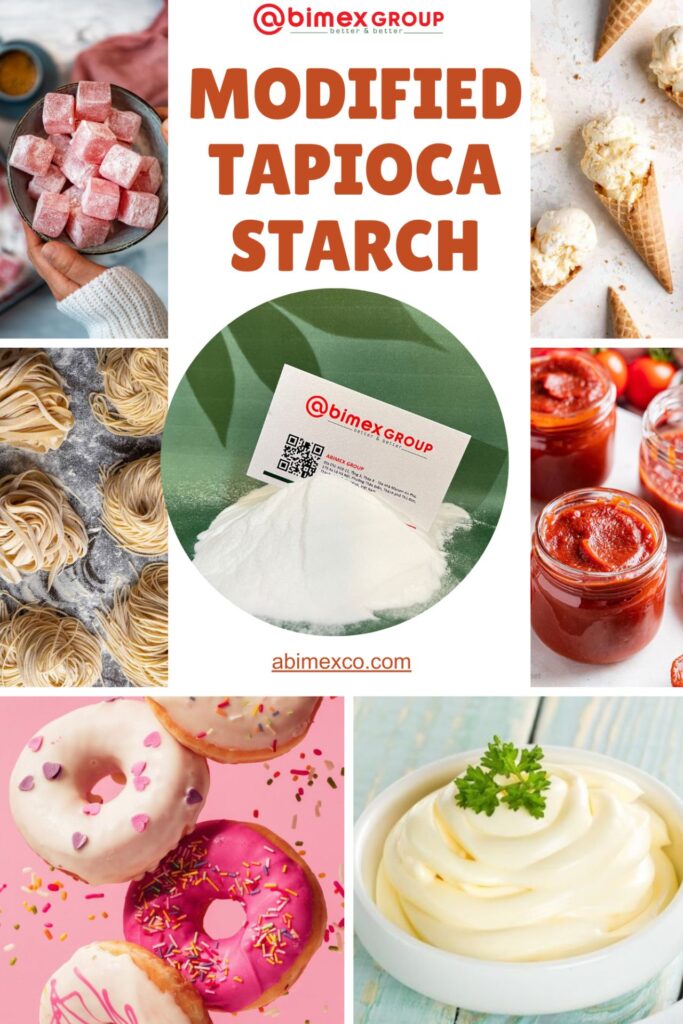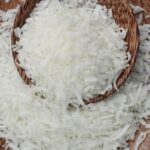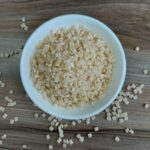CASHEW NUT SHELL OIL
Table of Contents
ToggleIntroduction

Tapioca starch, derived from the cassava root, is a versatile ingredient used in various culinary applications. It is gluten-free, making it an excellent option for those with gluten sensitivities. Its unique properties, such as its ability to thicken and stabilize, make it a staple in many kitchens.
Uses in Cooking
1 . Thickening Agent: Tapioca starch is widely used as a thickening agent in soups, sauces, and gravies. It provides a smooth, glossy finish and remains stable under prolonged heating.
Example Use: Add a slurry of tapioca starch and water to hot soup or sauce. Stir until the mixture thickens to a silky consistency.
2. Baking: It adds chewiness and elasticity to baked goods, making it a popular ingredient in gluten-free baking. Tapioca starch helps bind the ingredients and improve the texture of gluten-free bread and pastries.
Example Use: Combine tapioca starch with almond flour and eggs to create light and fluffy gluten-free bread.
3. Binder: Tapioca starch acts as a binder in meat and vegetarian patties, helping to hold the ingredients together without altering the flavor.
Example Use: Use tapioca starch in veggie burger mixtures to improve binding and texture.
Enhancing Culinary Creativity

Beyond its traditional uses, tapioca starch offers several innovative applications in modern cooking:
- Improving Food Texture: Tapioca starch is excellent for enhancing the texture of foods. It creates a smooth, creamy consistency in dairy-free ice creams and adds a pleasant chewiness to gluten-free breads and pastries. Its ability to gel at low temperatures makes it ideal for creating smooth, non-grainy textures in sauces and fillings.
- Making Clear, Stable Soups and Sauces: Unlike some other starches, tapioca starch does not break down easily when reheated or frozen, maintaining clarity and stability in soups and sauces. This makes it particularly useful in dishes that require a long shelf life or multiple reheating cycles.
- Creating Light, Crispy Coatings: When used as a coating for fried foods, tapioca starch yields a light, crispy texture. It is often used in Asian cuisine to create delicate coatings for fried items
- Application in Fermented Foods: Tapioca starch plays a role in the production of fermented foods. In some Asian countries, it is used to make traditional fermented products like tapai and sake, where it serves as a carbohydrate source for the fermentation process.
Conclusion
Tapioca starch is a highly versatile ingredient that enhances the texture and stability of various dishes. Its gluten-free nature makes it an excellent choice for those with dietary restrictions. Experimenting with tapioca starch can elevate your culinary creations, making them both delicious and visually appealing.












